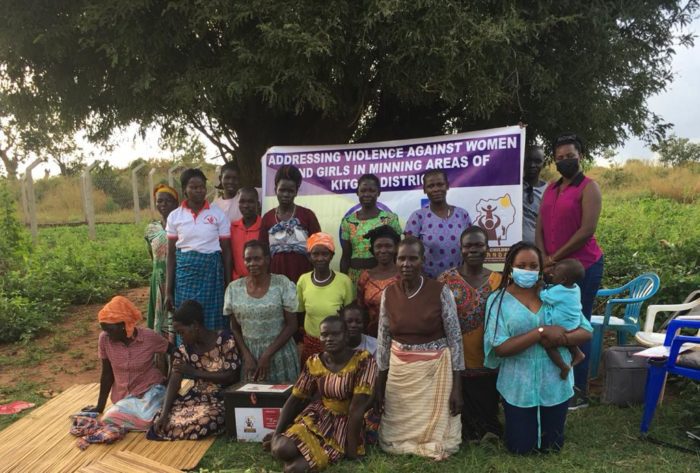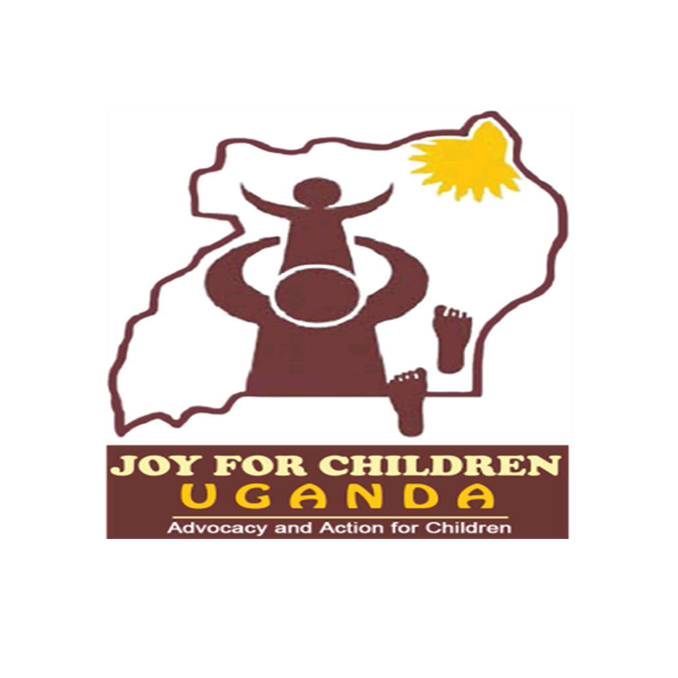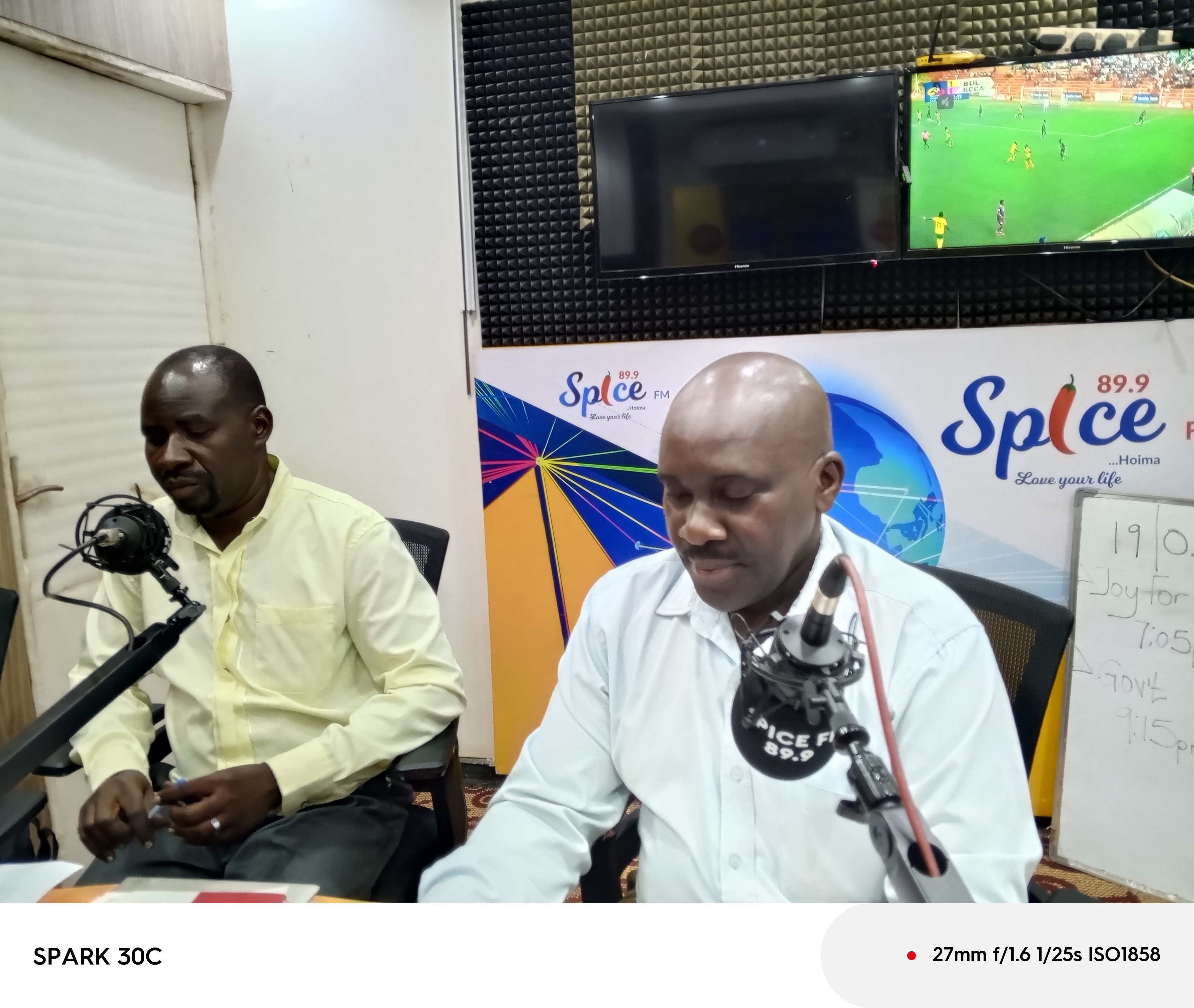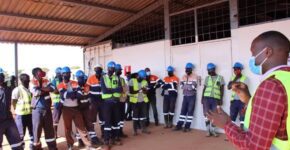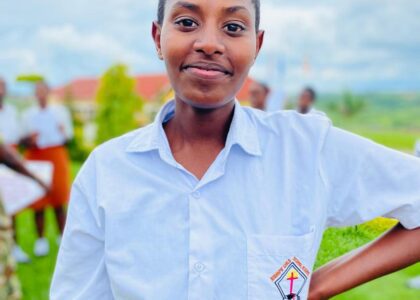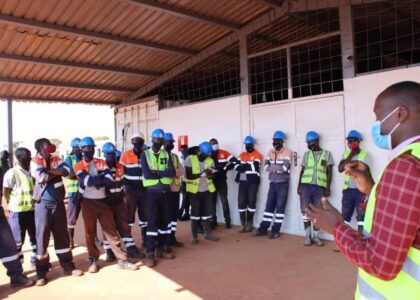Working With Women Miners To Prevent Gender-Based Violence
While data on Gender based violence and violence against women in humanitarian contexts is still limited, the 2016 Uganda Demographic and health survey revealed that up to 22% of women aged 15 to 49 in the country had experienced some form of sexual violence. The report also revealed that annually, 13% of women aged 15 to 49 report experiencing sexual violence. This translates to more than 1 million women exposed to sexual violence every year in Uganda.
Violence against women/Gender based violence can be categorized into two forms, the physical forms and the non-physical forms although most of the non-physical ones are habitually neglected or disregarded. Some of these include sexual harassment, psychological, verbal, domestic violence among others. This violence has short and long-term impacts on the physical and mental wellbeing of women, men and children as well as on their reproductive, economic and social well being. The consequences include unwanted pregnancies ,physical damage, sexually transmitted infections, psychological harm inform of depression, anxiety and drug misuse and this sequentially deters them from engaging in meaning economic activities.
Given the importance of finding lasting solutions to end GBV in Uganda, particularly in Kitgum district and with support from United National Development Program(UNDP) under the spot light initiative, Joy for Children Uganda is implementing a project to address violence against women and girls in mining areas of Kitgum district, covering three sub-counties and three villages where stone quarrying is the main economic activity.
The project`s mainstream objective is to promote Gender equitable social norms, attitudes and behavioral change across all levels of the social-ecological model to prevent Violence against women and harmful practices in mining areas. The fundamental project activities include Enhancing mechanisms to mitigate risks of GBV/VAC and other harmful practices in the mining sector, Facilitate access for women to economic and livelihood support towards preventing GBV in the mining sector.
In the first quarter of project implementation, our organization has been able to conduct meetings with key stakeholders in the identified sub-counties where we have been able to engage community leaders and appeal for their support in ending GBV/VAW. Hosted radio talk shows mainly to lay out strategies to end GBV/VAC and create awareness in the communities on violence prevention. Joy for Children staff with the help of Para-social workers have also supported the women miners to form associations with the main focus on empowering these women to speak up about the injustices they encounter in the course of their work and in homes, more so to encourage group savings.
There is also need to create descent and safe working environment for women miners, encourage more women to join saving associations, peer educators to conduct home visits to ensure homes are safe habitats for women and children.
Despite these advances, GBV/VAC remains a global problem with the same root cause-inequitable Gender norms, unless and until we address those fundamental inequalities, which includes recognizing that women`s rights are human rights, we will not end Gender based violence globally.
